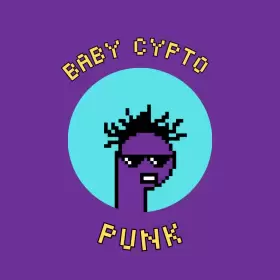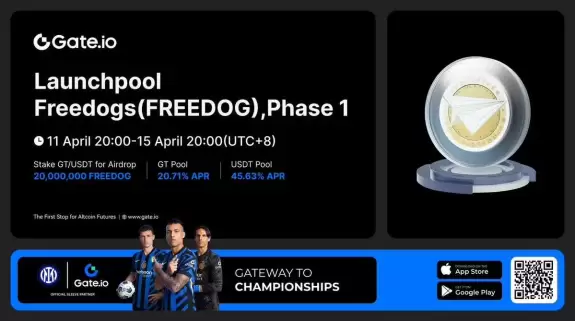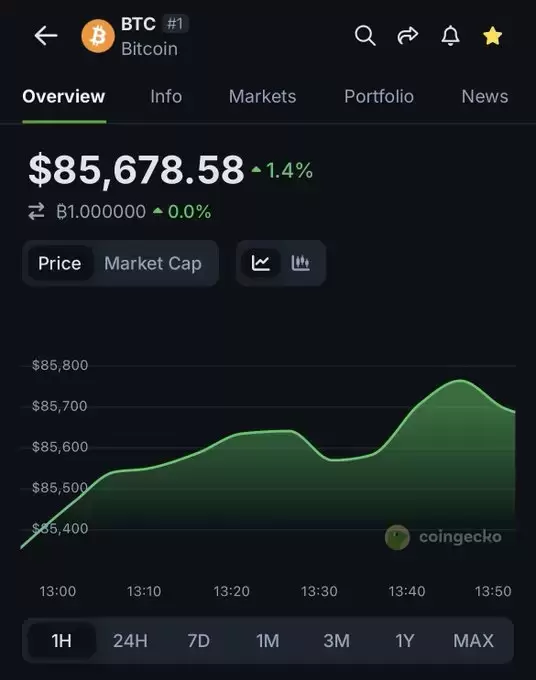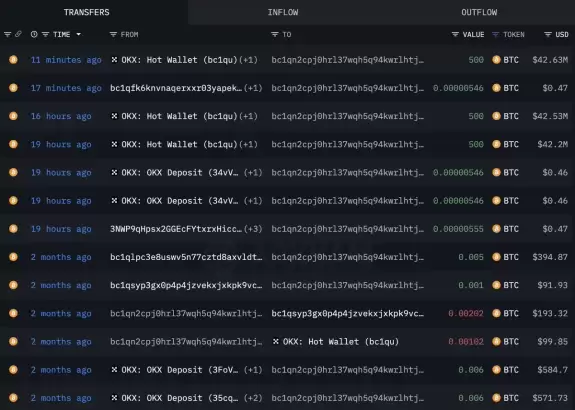Communtity feeds
-

- Twitter source
- Mister Crypto Apr 15, 2025 at 03:21 pm
Bitcoin ETFs had $1.5M in net inflows yesterday. $ETH ETFs had $6M in net outflows. Ethereum needs to find some momentum soon!

-

- Twitter source
- Isabelle Crypto Apr 15, 2025 at 02:24 pm
http://Gate.io Launchpool: Earn $ZP with Plants vs Zombies Stake $USDT or $ZP to earn 30,303,030 $ZP Details: * Staking Period: April 16, 06:00 - April 21 * Estimated APR: 365% * Rewards: Distributed hourly * Bonus Tip: Stake early to start earning automatically.
-

- Twitter source
- Christiaan Apr 15, 2025 at 02:20 pm
-

- Twitter source
- Crypto GEMs📈🚀 Apr 15, 2025 at 02:03 pm
-

- Twitter source
- Cointelegraph Apr 15, 2025 at 02:00 pm
-

- Twitter source
- Travladd Crypto 𐤊 Apr 15, 2025 at 01:47 pm
-

- Twitter source
- Lookonchain Apr 15, 2025 at 01:13 pm
A whale withdrew 1,500 $BTC($128M) from #OKX in the past 20 hours. https://intel.arkm.com/explorer/address/bc1qn2cpj0hrl37wqh5q94kwrlhtj2lx8ahtw7ef5rg35tswxsqtvufqfmmrq2…
in the past 20 hours. https://intel.arkm.com/explorer/address/bc1qn2cpj0hrl37wqh5q94kwrlhtj2lx8ahtw7ef5rg35tswxsqtvufqfmmrq2… 
-
- Twitter source
- {{val.author }} {{val.createtime }}











































































